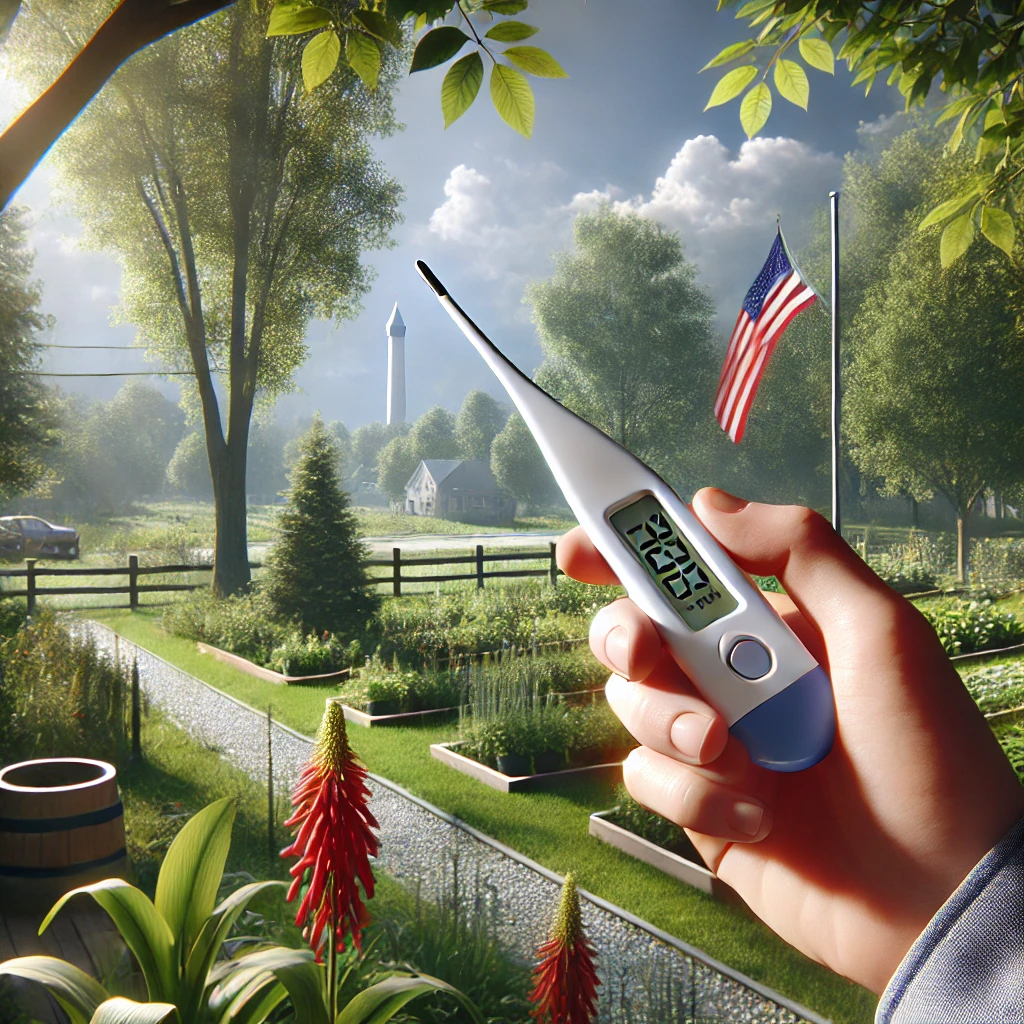Temperature measurement is crucial for a variety of activities, from agriculture to daily weather forecasting. But how exactly do we measure temperature in Indiana? In this blog post, we’ll explore the methods, tools, and techniques used to accurately measure temperature in this region. We’ll dive into the science behind temperature measurement, discuss different types of thermometers, and offer practical tips for getting the most accurate readings.
Understanding Temperature Measurement
Temperature is a measure of how hot or cold something is. It’s an essential part of weather forecasting and climate studies. Accurate temperature measurements are vital for everything from planning your day to conducting scientific research. But before we delve into the tools and techniques, let’s first understand what temperature is.
The Science Behind Temperature
Temperature is a physical quantity that expresses hot and cold. It is measured in degrees and indicates the kinetic energy of the particles in a substance. The faster the particles move, the higher the temperature. In Indiana, like the rest of the United States, temperature is commonly measured in Fahrenheit (°F), although Celsius (°C) is also used in scientific contexts.
Tools for Measuring Temperature
There are several tools used to measure temperature, each with its own advantages and applications. Here are some of the most common ones used in Indiana:
Mercury Thermometers
One of the oldest and most traditional methods of measuring temperature is the mercury thermometer. This type of thermometer consists of a glass tube filled with mercury, which expands and rises in the tube as the temperature increases. While highly accurate, mercury thermometers are being phased out due to environmental concerns related to mercury.
Digital Thermometers
Digital thermometers are now the most widely used devices for measuring temperature. They use electronic sensors to measure temperature and display the reading on a digital screen. These thermometers are fast, accurate, and safe, making them popular in both professional and home settings.
Infrared Thermometers
Infrared thermometers are non-contact devices that measure temperature by detecting the infrared radiation emitted by an object. These thermometers are particularly useful for measuring the temperature of surfaces, liquids, and hard-to-reach places. They are widely used in industrial applications and increasingly in household settings.
Weather Stations
Weather stations are comprehensive tools that measure various atmospheric parameters, including temperature. Professional weather stations installed by meteorological services in Indiana provide highly accurate and real-time data that are essential for weather forecasting and climate studies.
Practical Tips for Accurate Temperature Measurement
Accurate temperature measurement requires proper technique and consideration of various factors. Here are some practical tips to ensure you get the most accurate readings:
Placement of Thermometers
The placement of your thermometer can significantly affect its accuracy. For instance, placing a thermometer in direct sunlight can cause it to read higher than the actual temperature. It’s best to place thermometers in shaded, well-ventilated areas away from direct sunlight and heat sources.
Calibration
Regular calibration of thermometers is crucial to maintain their accuracy. Calibration involves comparing the readings of your thermometer with a known standard and making necessary adjustments. Many digital thermometers come with self-calibration features, but it’s still good practice to periodically check their accuracy against a reliable standard.
Consider Environmental Factors
Environmental factors such as humidity, wind, and altitude can affect temperature readings. Humidity can make it feel warmer or cooler than the actual temperature, while wind can cause rapid temperature changes. When measuring temperature, it’s important to consider these factors and, if possible, use a weather station that accounts for them.
Examples and Tips for Readers
To help you better understand how to measure temperature in Indiana, here are a few examples and tips:
Using a Digital Thermometer at Home
When using a digital thermometer at home, ensure it’s placed in an area that represents the average temperature of your space. Avoid placing it near windows, doors, or vents. For outdoor measurements, place the thermometer in a shaded area, preferably about five feet above the ground, and ensure it’s protected from direct sunlight and precipitation.
Installing a Home Weather Station
If you’re interested in more comprehensive weather monitoring, consider installing a home weather station. These devices not only measure temperature but also provide data on humidity, wind speed, and atmospheric pressure. Install the weather station in an open area away from buildings and trees to ensure accurate readings.
Interpreting Temperature Readings
Interpreting temperature readings involves more than just looking at the numbers. For instance, a temperature of 75°F might feel comfortable on a dry day but can feel much warmer on a humid day. Understanding how temperature interacts with other weather factors can help you make better decisions, whether you’re planning a day out or managing your garden.
Conclusion
Understanding how to measure temperature in Indiana is essential for anyone interested in weather, climate, or simply planning their daily activities. By using the right tools and techniques, you can ensure accurate and reliable temperature measurements. Whether you’re using a simple digital thermometer or a sophisticated weather station, following best practices and considering environmental factors will help you get the most accurate readings.
How to Measure Temperature in Indiana: A Quick Recap
- Mercury Thermometers: Traditional but less common due to environmental concerns.
- Digital Thermometers: Widely used, accurate, and safe.
- Infrared Thermometers: Ideal for non-contact measurements.
- Weather Stations: Provide comprehensive and accurate weather data.
With these tools and tips, you’ll be well-equipped to measure temperature accurately in Indiana. Stay informed, stay prepared, and enjoy the fascinating world of weather measurement!

